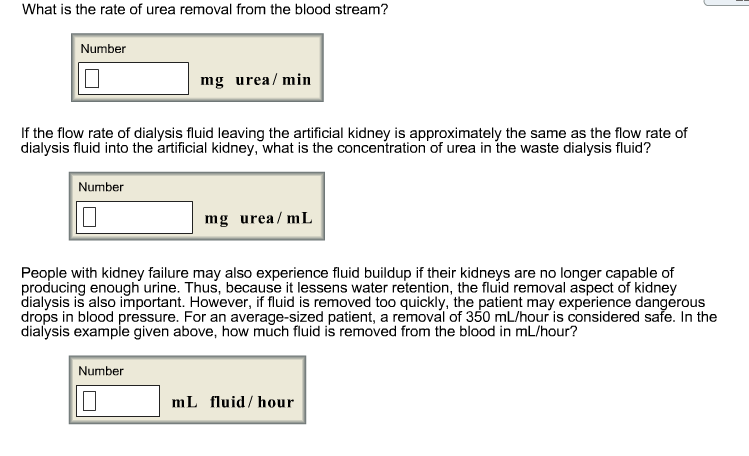

Chapter 21 - The dentition: Development, disturbances, disease, diet, and chemistry. An unusual presentation of dental calculus. You can learn more about how we ensure our content is accurate and current by reading our editorial policy. Healthline has strict sourcing guidelines and relies on peer-reviewed studies, academic research institutions, and medical associations.

Look for a toothpaste that contains both fluoride and triclosan, which studies suggest may fight the bacteria in plaque.
#Calculus buildup too quickly trial#
Some research, including a 2008 double-blind clinical trial and a 2013 review of more than 30 studies, also suggests that using a tartar-control toothpaste can help prevent the buildup of tartar that can lead to the formation of a calculus bridge. They can also learn your habits and make recommendations for strategies that may help you stick to a regular routine. A dentist can carefully monitor your teeth and gums for signs of gum disease, like gingivitis or receding gums, and tooth decay. See a dentist regularly for a checkup.If you cut back on sugary items, there will be fewer opportunities for the bacteria in your mouth to mingle with the sugar that’s left behind and form plaque on your teeth. This step, known as interdental cleaning, can include flossing or the use of another tool to clear away the debris that might hide between your teeth.
#Calculus buildup too quickly full#
Make sure you spend a full 2 minutes brushing each time, too.

A dental calculus bridge can also lead to these conditions: Halitosis That calculus, which can stain and look tan or brown on your teeth, can affect the tissue under your gumline and cause gum disease and tooth decay.Ī solid layer of calculus on your teeth may have a noticeable appearance. It can begin to spread and progress down into your gumline. It’s dangerous because the tartar doesn’t just stay on your teeth. Research suggests that it occurs within 1 to 14 days of plaque formation. The process doesn’t take that long, either.

This calcified dental plaque is also called dental calculus. If you don’t brush and floss your teeth soon after to remove the sticky film, it can eventually harden into a substance called tartar. Now you have a combo of carbohydrates, acids, and bacteria that begins to form a colorless layer over your teeth. The residue from that food mixes with the bacteria in your mouth, releasing acids that break down the carbohydrates in your food and drinks. This sticky film develops not long after you eat or drink something - usually something starchy or sugary.


 0 kommentar(er)
0 kommentar(er)
